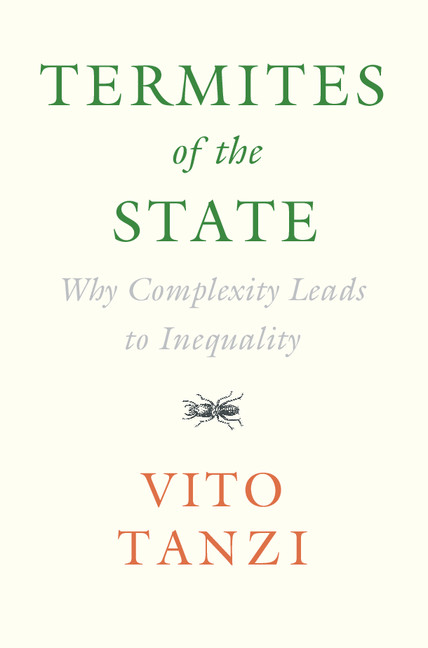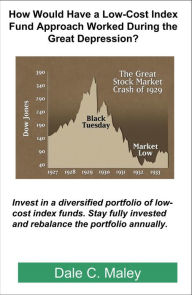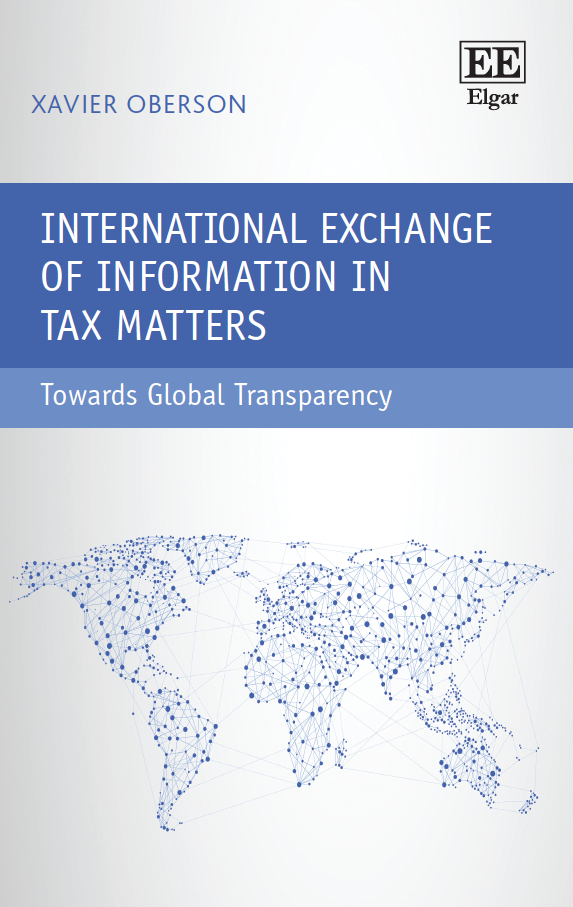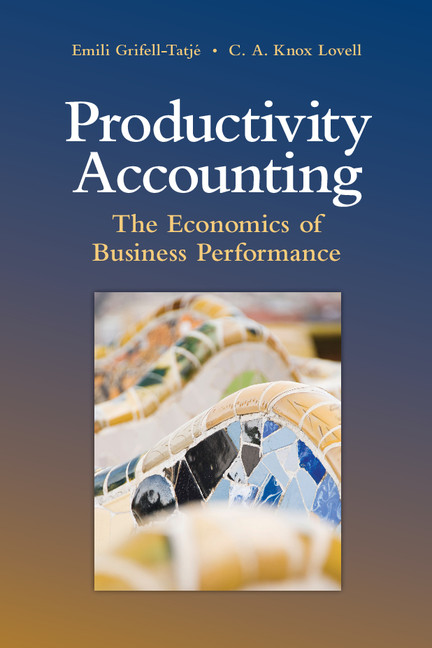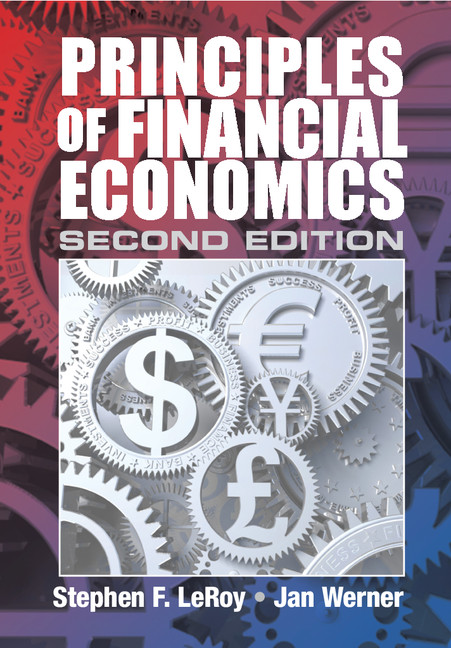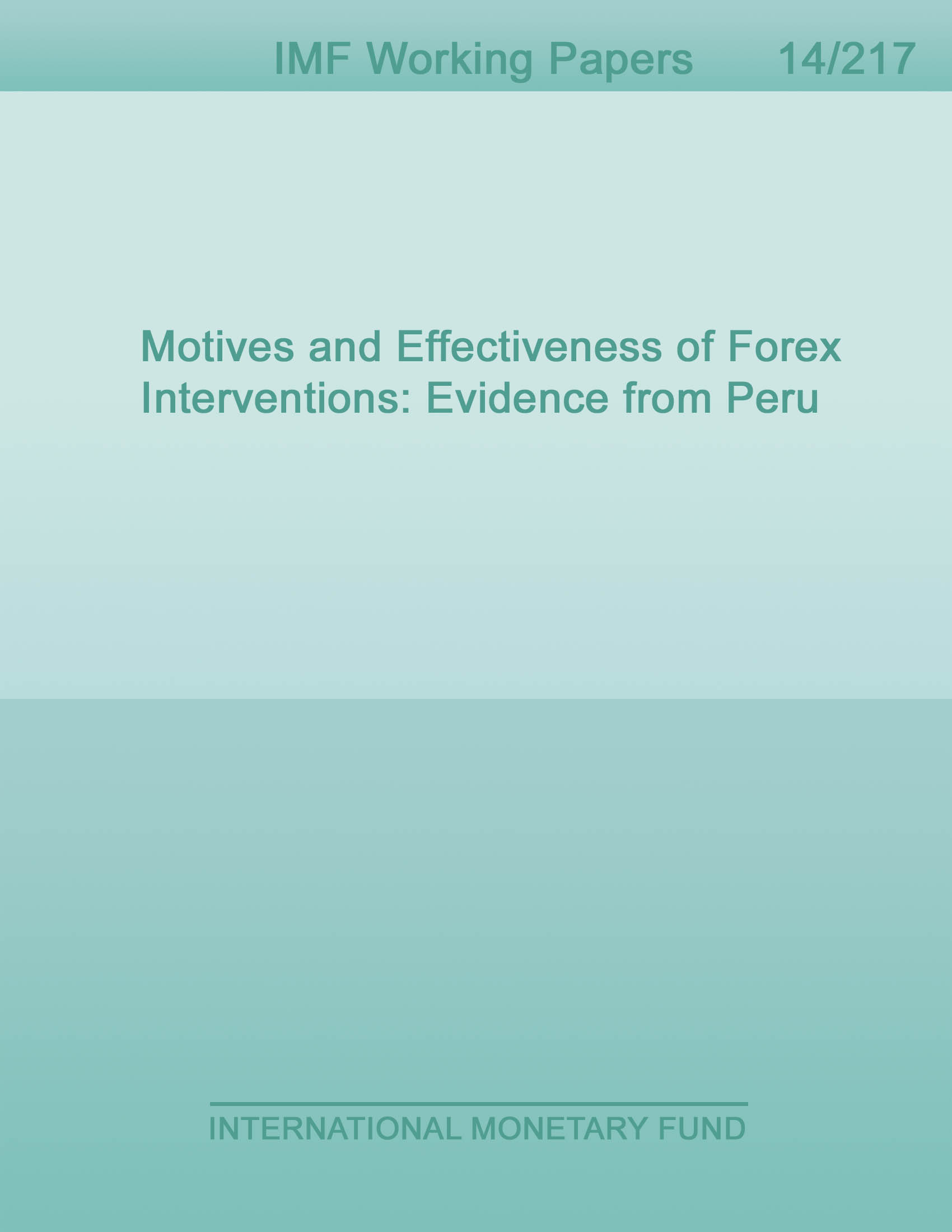
- Browse Category
Subjects
 We Begin at the EndLearn More
We Begin at the EndLearn More - Choice Picks
- Top 100 Free Books
- Blog
- Recently Added
- Submit your eBook
password reset instructions

Inventory management is concerned with matching supply with demand and a central problem in Operations Management. The problem is to find the amount to be produced or purchased in order to maximize the total expected profit or minimize the total expected cost. Over the past two decades, several variations of the formula appeared, mostly in trade journals written by and for inventory managers. A critical assumption in the inventory literature is that the demands in different periods are independent and identically distributed. However, in real life, demands may depend on environmental considerations or the events in the world such as the weather, the state of economy, etc. Moreover, these events are represented by stochastic processes - exogenous or controlled.
InMarkovian Demand Inventory Models, the authors are concerned with inventory models where these world events are modeled by Markov processes. Their research on Markovian demand inventory models was carried out over a period of ten years beginning in the early nineties. They demonstrate that the optimality of (s, S)-type policies, or base-stock policies (i.e., s = S) when there are no fixed ordering costs with the provision that the policy parameters s and S depend on the current state of the Markov process representing the environment. Models allowing backorders when the entire demand cannot be filled from the available inventory as well as those when the current demand is lost are considered. As for cost criteria, we treat both the minimization of the expected total discounted cost and the long-run average cost. The average-cost criterion is mathematically more difficult than the discounted cost criteria. Finally, we generalize the usual assumptions on holding and shortage costs and on demands that are made in the literature.
Less- File size
- Print pages
- Publisher
- Publication date
- ISBN
- 9.21x6.14x0.69inches
- 255
- Springer
- October 1, 2009
- 9780387716039









